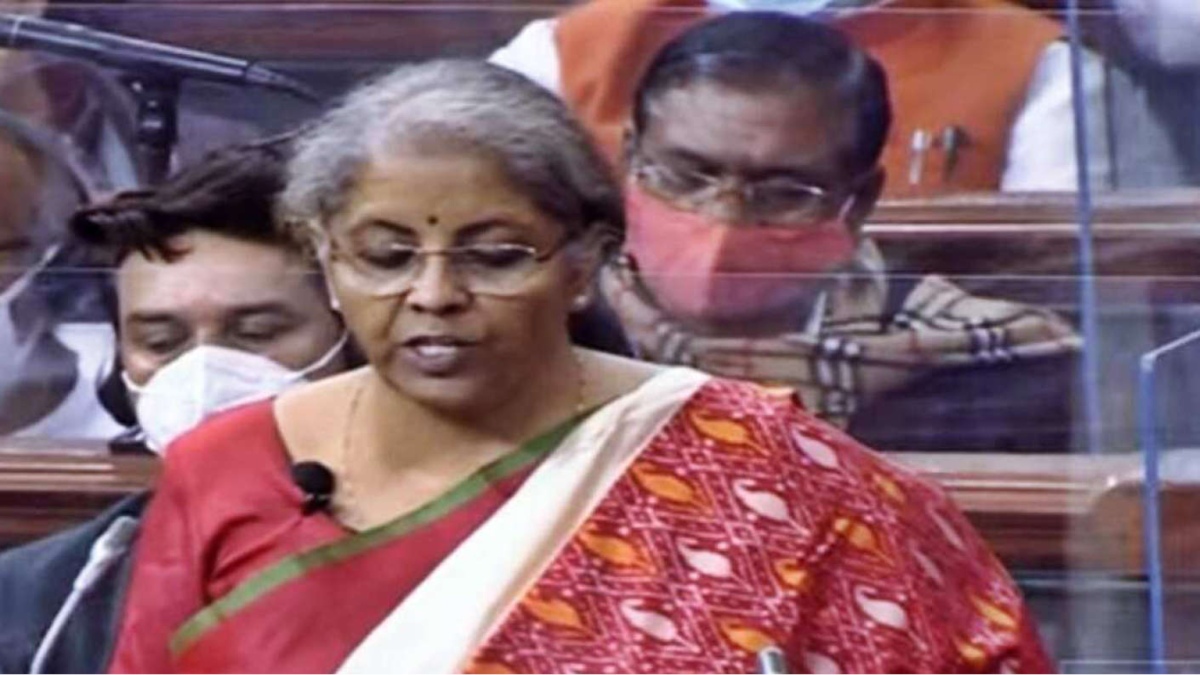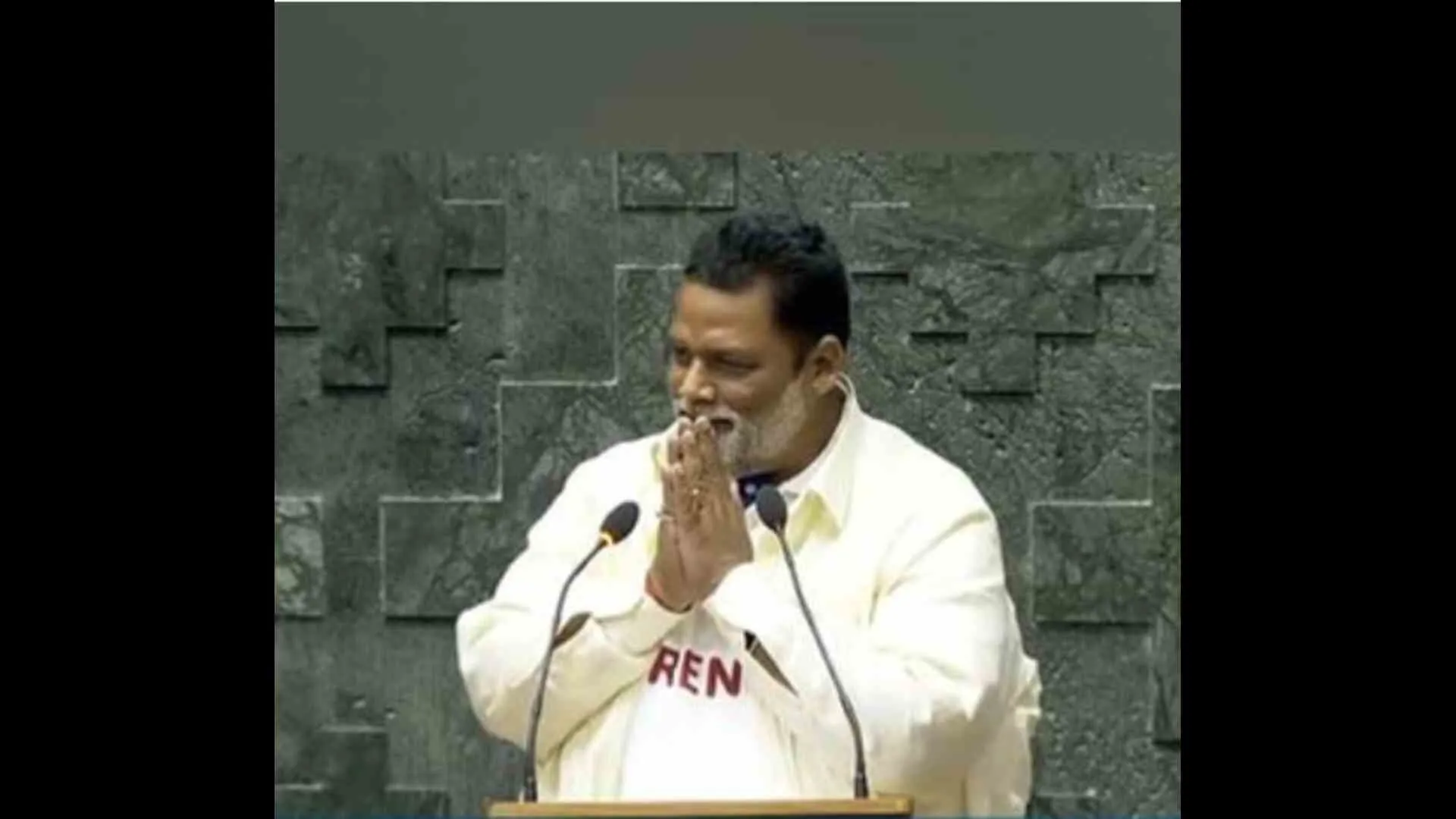The Union Budget has unfortunately fallen much short of the expectations of the Armed Forces’ capital needs. This will adversely impact the defence procurement of big ticket critical equipment. In fact, it has been a big miss as far as defence is concerned with the Finance Minister not even finding it important enough to mention the defence sector in her speech. Out of the total budget outlay of Rs. 34.83 lakh crore, defence has been allocated Rs. 4.78 lakh crore, a marginal increase from Rs. 4.71 lakh crore in 2020-21. The capital outlay is 1.35 crore, a miniscule increase from Rs. 1.3451 lakh crore at the RE stage of 2020 – 21. If we add inflation to this figure, the allocation will be less than that in FY 20-21 in real terms. Although, we must also recognise that the BE stage allocation for 2020-21 was Rs. 1.13 lakh crore. Therefore, if we were to compare the allocation from the BE figures, then the increase is better. However, the situation will become challenging when we factor in the planned fiscal deficit of 6.8%, which is big. However, one can take solace from the fact that despite the huge fiscal deficit due to the COVID-affected economy, the Finance Minister was constrained and has done her best. But will that help national military security? This should be a major concern for India.
IMPACT ON STRATEGIC COMMUNICATION
The threat to national security of India is real and serious. Economic growth, which is the bedrock of wellbeing and the prosperity of the country, is important. A balanced growth in all sectors of the economy is not only desirable, but a must. For this, investments must flow uninterrupted into productive sectors. However, all this can only happen if our external and internal security is peaceful and stable. To ensure peace and stability, defence is the ultimate guarantor. Although, the defence budget since 2011 has grown at 9% annually, in real terms, after taking into account the average rate of inflation, it is marginal. In terms of the percentage of the GDP, it has fluctuated between 1.5 to 2.5%. The capital outlay has impinged even more adversely on the defence preparedness and capability development of the armed forces. Capital expenditure as a percentage of the defence budget has steadily fallen. From a high of 36% in 2013-14, it came down to 25% in 2018-19. Despite India being at the no. 3 spot globally, with only the USA and China ahead of it in defence spending, the gap between India and China is huge. Our primary adversary, China spent four times more than we did. All this is likely to convey an impression of weakness to China in the face of recent happenings in Ladakh. It is definitely an undesirable situation from the strategic communication perspective.
WHAT NEEDS TO BE DONE
What needs to be done on priority is introducing long-term planning based on non-lapsable funding of capital projects. Where possible, without compromising on security, the option of leasing big ticket defence equipment needs to be explored, for example, transport aircrafts and vessels meant for logistic functions, to save the cost of procuring such equipment. Critical equipment needs to be procured on priority. MoD must galvanize the ecosystem for the materialization of production and procurement of 114 Multi Medium Role Combat Aircraft (MMRCA) and 83 LCA Mk 1A, as announced recently by the RM, and fast tracking the development of LCA Mk2A. Towards this end, the successful completion of the wind tunnel test is an encouraging sign.
Likewise, the commissioning of the second aircraft carrier and the SSBNs must be a top priority along with the mine countermeasure vessels and naval helicopters. For the army, Futuristic Infantry Combat Vehicle (FICV), Tactical Communication System and Battlefield Management System (BMS) are some of the large schemes which need to be progressed. Similarly, the procurement of state of the art small arms and projects such as the establishment of an “AK 103” manufacturing unit in the UP Defence Industrial Corridor need early fructification. Finally, to generate more funding, the Indian Armed Forces will have to depend on mini budgets during 2021-22 to extract more money from the Rs 44,000 crore earmarked as reserve under the Department of Economic Affairs on the pattern of FY 20-21. It is hoped that, in the end, defence gets what it deserves.
Lt Gen Dushyant Singh (retd) has served in varied terrains and theatre of operations, in India and in the UN as Military Observer. He has commanded an infantry battalion, brigade and a division in Jammu and Kashmir. He is currently Professor Emeritus Defence Studies at Gujarat Raksha Shakti University. The views expressed are personal.























